New Year – new opportunities
There is huge positivity towards the Irish language which is mostly unharnessed. Many of us have aspirations to learn Irish or improve what we have. In Ireland, with the passing of the winter solstice and Christmas, we slip into the cycle of nature at this time of the year and consider what new beginnings we wish to nurture. Many people will be thinking, “Is 2024 the year I finally improve my Irish?’’ So, why not make the commitment and download a language app, join an online or in-person class, or get involved with an Irish language group?
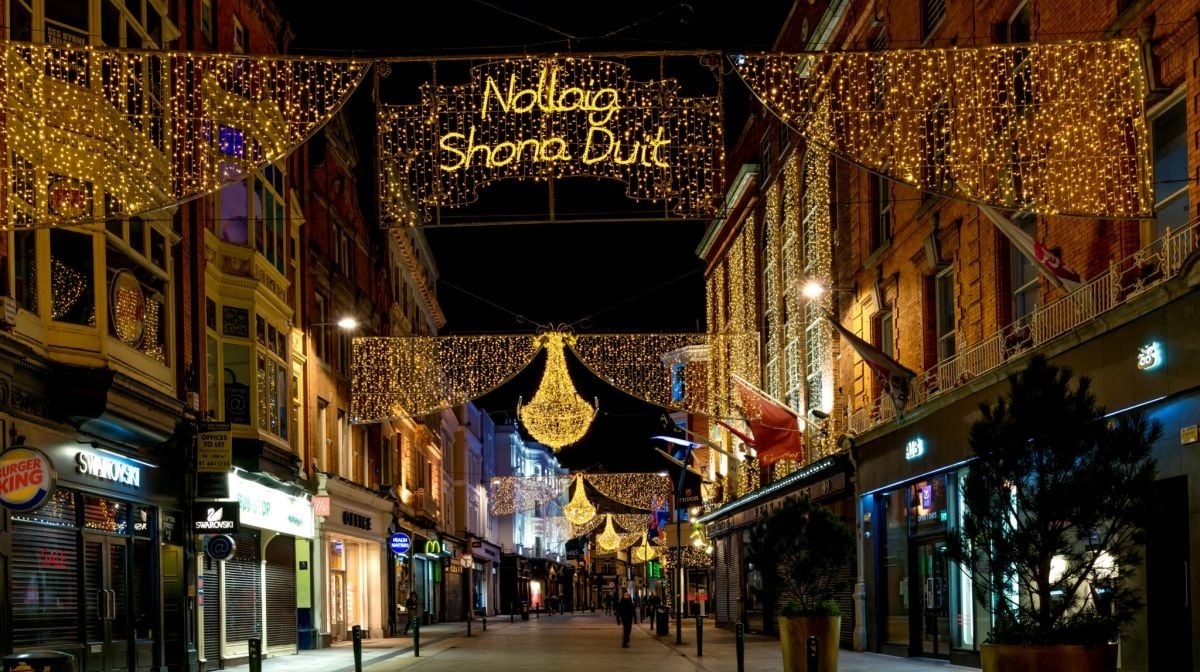
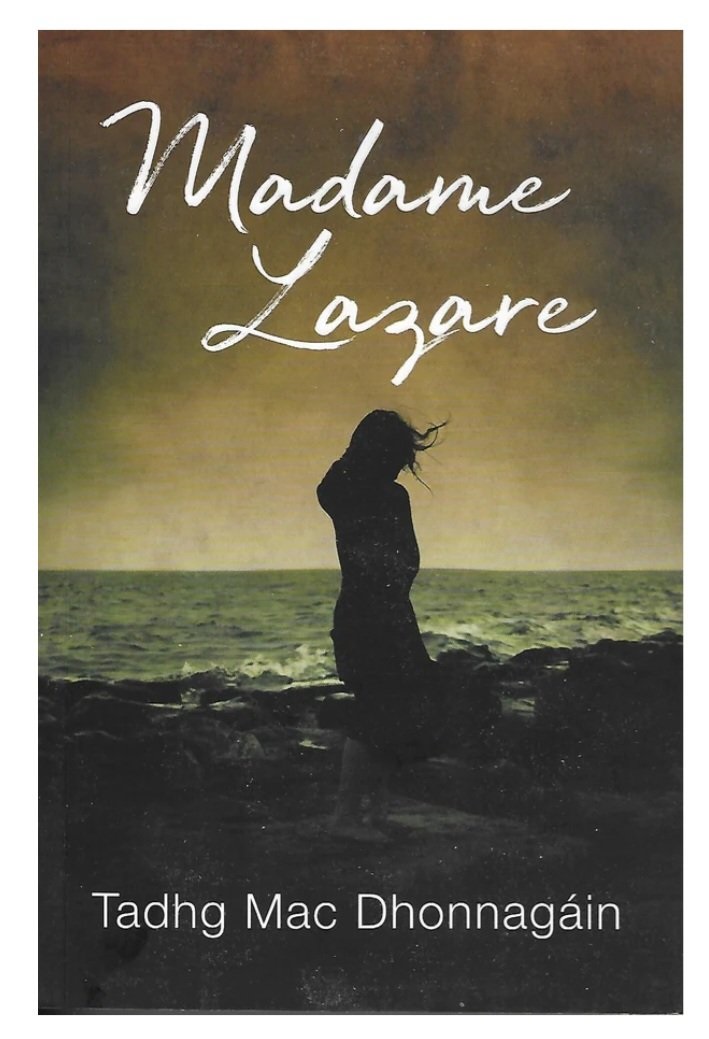
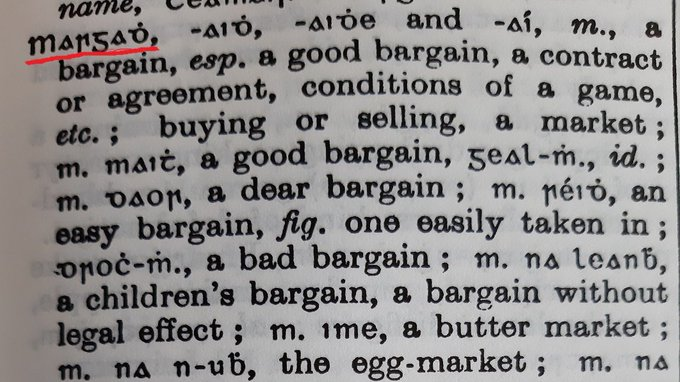
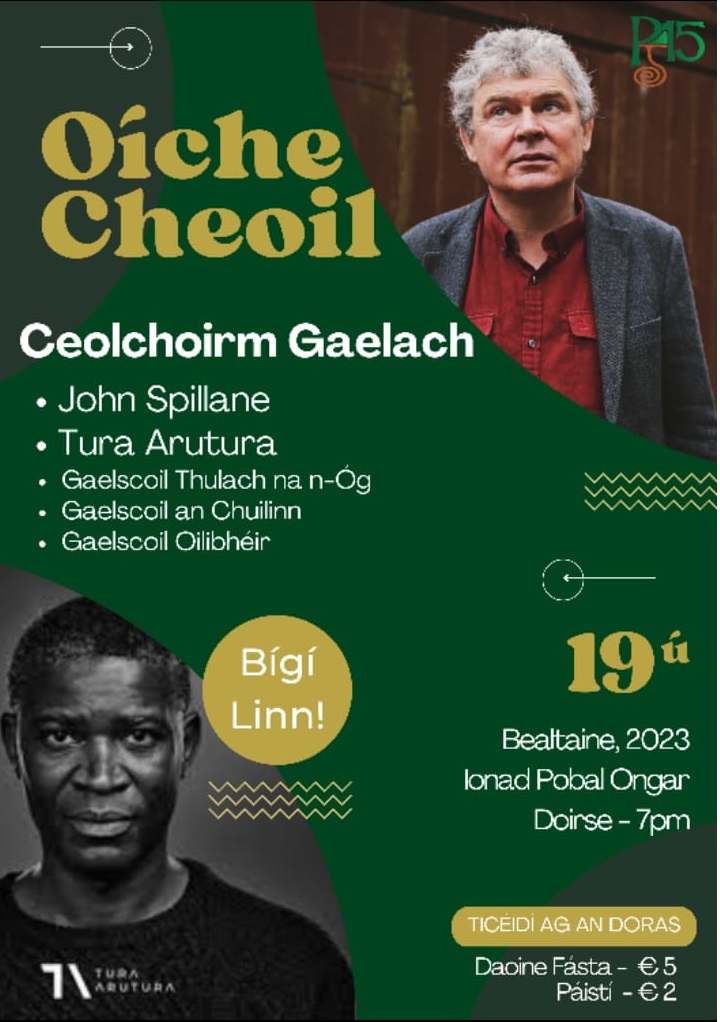
AN BHFUIL GAEILGE AGAT?
State of that
What’s the state of the language as we turn to 2024? It’s always difficult to tell at one moment in time. On the one hand, you have greater visibility for the language than before with advertising in Irish more prominent on television and radio; you have bilingual hip-hop group Kneecap selling out brilliant shows; and you have a broadening range of opportunities to engage with the language socially and on social media. There does seem to have been an incremental improvement over the decades in the urban areas while the Gaeltacht is clearly under existential threat – a fact continually ignored by the vast majority of the English-language media. Mícheál Ó Foighil of Coláiste Lurgan recently said to me, “There’s no one around here raising a white flag.” Mícheál’s defiance is inspiring, but more of us need to become involved in this fight – and make no mistake, it is a fight.
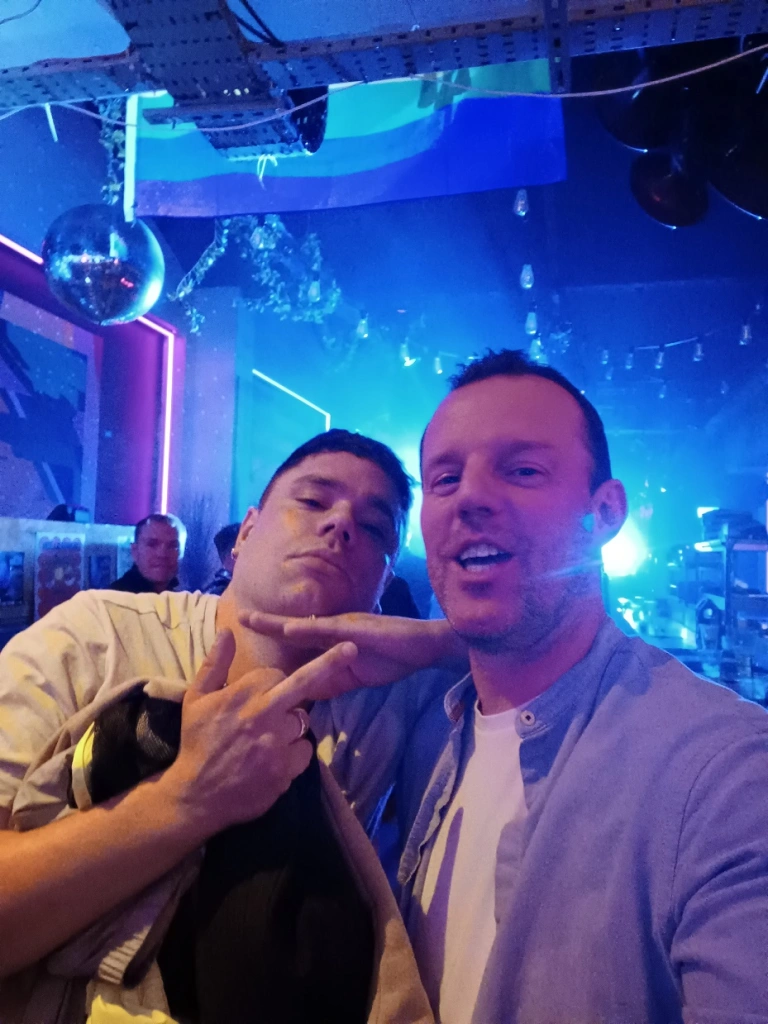
Irish is still an endangered language. There is no visible on-going national strategy or incentives to encourage social and public use of Irish, like the Líofa campaign in the North that was very visible for a number of years. The rise of the Gaelscoil movement has so far not broken past 10% of schools in the South – this compares with 24% of primary schools teaching through Welsh in Wales. This is despite research suggesting up to half the population in the South and a quarter in the North would desire an Irish-medium education for their children.
90%+ of schools teach through the medium of English, and have a dismal track record at producing competent Irish speakers. Coupled with the small number of people raising children in Irish, this guarantees the vulnerability of the language into the future – you can’t use a skill that you don’t have.
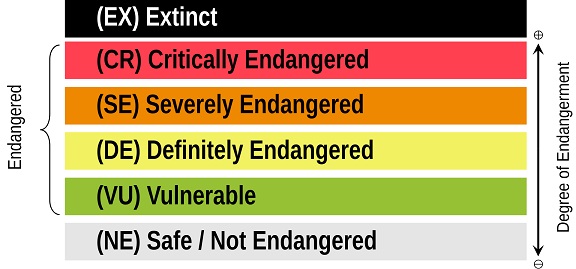
2022 Census Data – Sonraí daonáirimh 2022
The Census 2022 data concerning Irish were released on 19 December 2023, and the results were a mixed bag. As usual, the reported number of Irish speakers appears striking at almost 1.9 million. This seems to include everyone who ticks the box for themselves or a family member because they know some Irish, right up to those who actually speak Irish fluently and regularly.
Almost 800,000 claim to speak Irish very well or well. This will be seized on by optimists. There is no concrete evidence to suggest this is factual. This figure must be at least double the number in the 26 counties that can actually have an everyday basic conversation in Irish, including children who are relatively fluent for their age. The 800,000 figure is not credible.
The contrary evidence is in the social usage. Outside of the strongest Gaeltacht areas, and possibly in specific social settings, do we hear people speaking Irish around us? Are Irish speakers even comfortable using the language publicly, such is the prevailing dominance of English-language culture – which, even in their own homelands, is rarely accommodating of minority cultures? Are we seeing a wave of Irish speakers requesting a service in Irish as they go on their holidays to the Gaeltacht and check-in to the larger hotels in Gaeltacht areas such as Óstán An Chúírt in Gaoth Dobhair, the Conamara Coast Hotel in Na Forbacha, or the Dingle Skellig Hotel in Daingean Uí Chúis?
The actual number of Irish speakers in the 26 counties
If you add the number of people reporting daily speaking of Irish (72,000), plus the number of people who report speaking at least weekly – which still makes them regular speakers – (115,000) and add the number of children being educated through the medium of Irish – again, legitimate speakers as their parents may not speak any Irish but the child may go on to use Irish regularly – (about 60,000), you get a figure of about 247,000 regular active speakers who can speak Irish relatively well in the 26 counties – 187,000 if you exclude the school children. Now, this is realistic. This is not 800,000, but it is enough to secure the future of the language if this cohort is networked and identify as a cultural group. In fact, if they all lived in the one place and were using Irish as the community language and transmitting it to the next generation, Irish would now be classified as safe. But can Irish society make space for a linguistic minority?
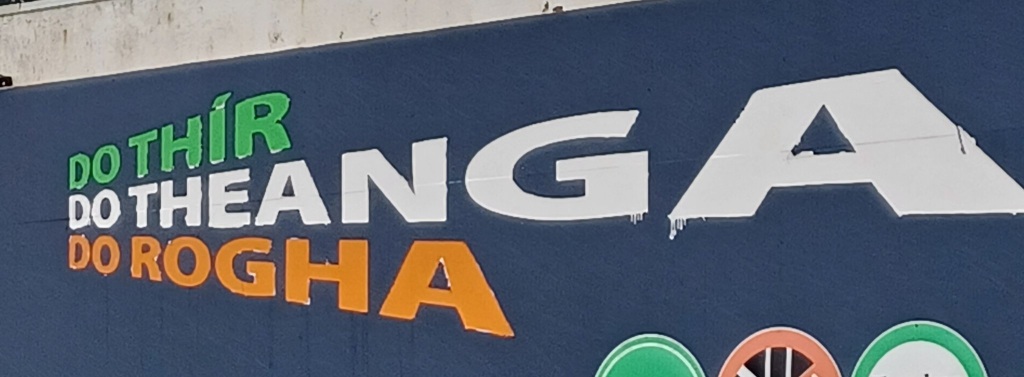
In my experience, people are generally quite bad at estimating their own language ability. I have met people who barely knew a few words and phrases that told me that they were Irish speakers. I have met others, with much better Irish than I have, who believed they couldn’t really speak Irish at all. I know of people who tick the box that their children speak Irish well if the kids know a few colours, animals and numbers in Irish!
Addressing school age proficiency
One way of addressing this is to ramp up the number of Gaelscoileanna over time, e.g. 20% by 2040. Another would be align the school curriculum in all schools with the Common European Framework of Reference for Languages (Teastas Eorpach na Gaeilge, or ‘TEG’, in Ireland). Ideally, no child would leave school with less than A2 standard, and children achieving a high A in Honours Irish would equate to a B2 on the Framework. The only way to achieve this would be to ensure a degree of immersion education for all. To achieve this would require a genuine commitment to the language, time, more resources and reforms.
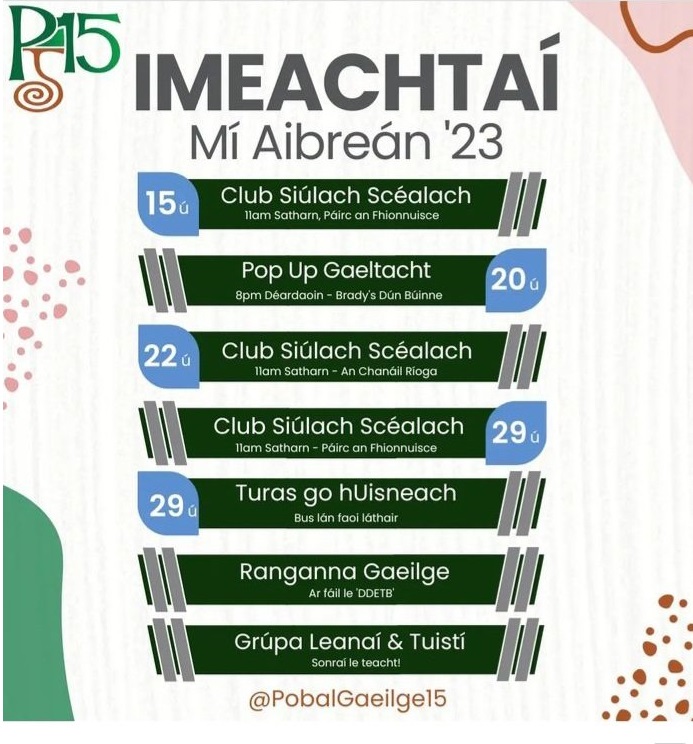
The Gaeltacht
An Bun Beag and an Cheathrú Rua were the towns with the highest proportions of Daily Irish Speakers in the Census, at 69%, which means that there is not a single town on the island now with 70%+ of daily Irish speakers. The population of the Gaeltacht continues to rise while the proportion of Irish speakers continues to fall due to the influx of non-Irish-speakers – usually Irish people who only speak English; the lack of housing for locals, and native speakers leaving for other reasons such as work or relationships. While 70% of people in the Gaeltacht said they could speak Irish well, yet just 26,500 people reported speaking Irish daily or weekly of a population of 106,000 in the Gaeltacht. Either the Gaeltacht needs to be redrawn or something drastic needs to be done to protect the areas of immense cultural importance where Irish is a community language (UNESCO anyone?).
Non-Irish citizen speakers
During the Celtic Tiger era, when we had an influx of thousands of Polish economic migrants who contributed much to Ireland, it was often stated by those opposed to the Irish language that there were more Polish speakers than Irish speakers, and we would be better off learning Polish. The type of person who makes statements like this – the colonised who accepts, according to Memmi – usually has little genuine appreciation for other cultures. Not surprisingly, there was no queue to learn Polish formed by these geniuses. It is refreshing to see that 15% of Australians; 13% of Latvians; and 13% of Poles – nearly 11,000 people – reported that they could speak Irish. Dziękuję wam, przyjaciele!
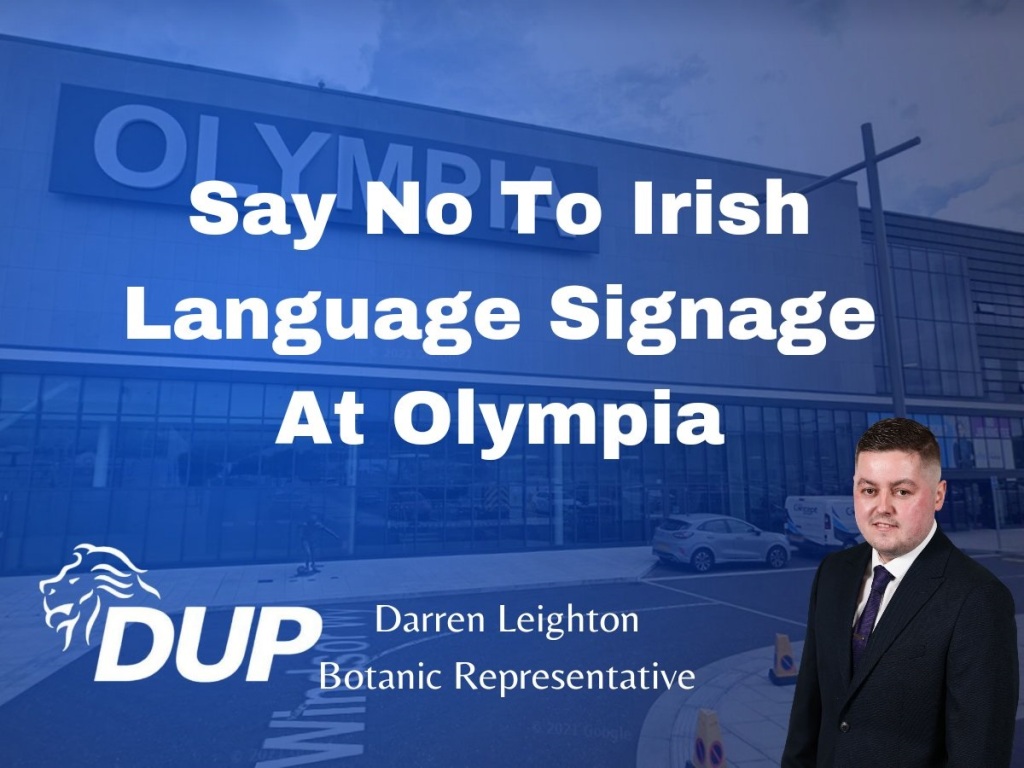
Conclusion
In the absence of any identifiable or relatable public strategy to encourage use of the language, it falls to us as individuals and communities to do something about it. Learn Irish. Use Irish. Encourage others. If you can’t find a space to use Irish, create one. On your own with your good intentions you cannot help the language as much; though you can enjoy the media, songs, stories and literature.
As we reach the turn of another year, it is imperative on all of us to ask ourselves what positive action we can contribute towards the Irish language movement in 2024. Go n-éirí an bother leat. Beir bua.
“OK. I’m in. What do I do?”
- Download a language app and start learning
- Eventually you’ll want to join an online or in-person class. Try to make a friend and stay in touch using at least some Irish with them
- Join an Irish speaking/learners community – ask Conradh na Gaeilge if one exists in your part of the world. If not, start one or join one on social media
- Engage with TG4, RTÉ Raidió na Gaeltachta, Raidió Fáilte, Raidió na Life, Raidió Rí-Rá, Tuairisc news service, podcasts etc. And listen to Irish-medium music – there’s loads of good stuff
- If you are interested in engaging with some Irish for 100 days use the hashtag #100DaysofGaeilge on social media and share your journey
- Get yourself to an Irish language event and speak to someone in Irish
- Send your kids to a Gaelscoil
- Send your kids to the Gaeltacht
- Raise your kids in Irish or bilingually with every word of Irish you can use
- Date an Irish speaker – they’re all hot, and speaking Irish adds 20%+ to your own attractiveness*
*Estimate. May not be scientific 🙂